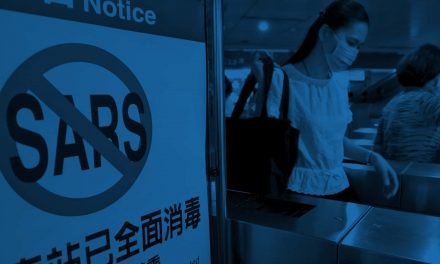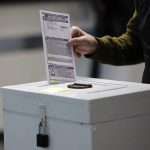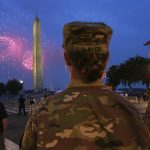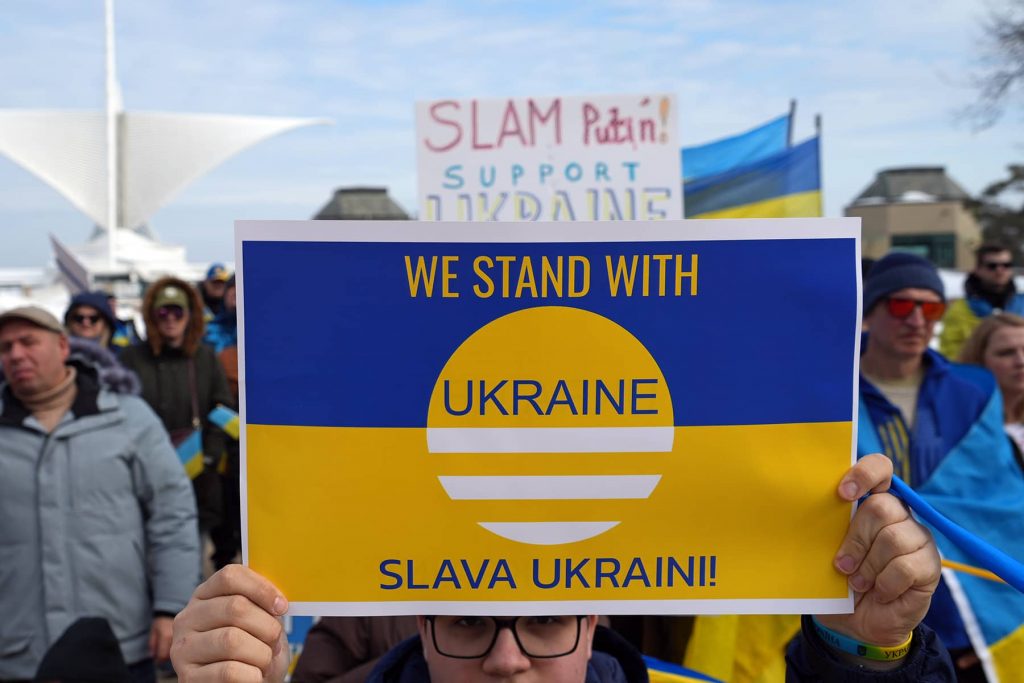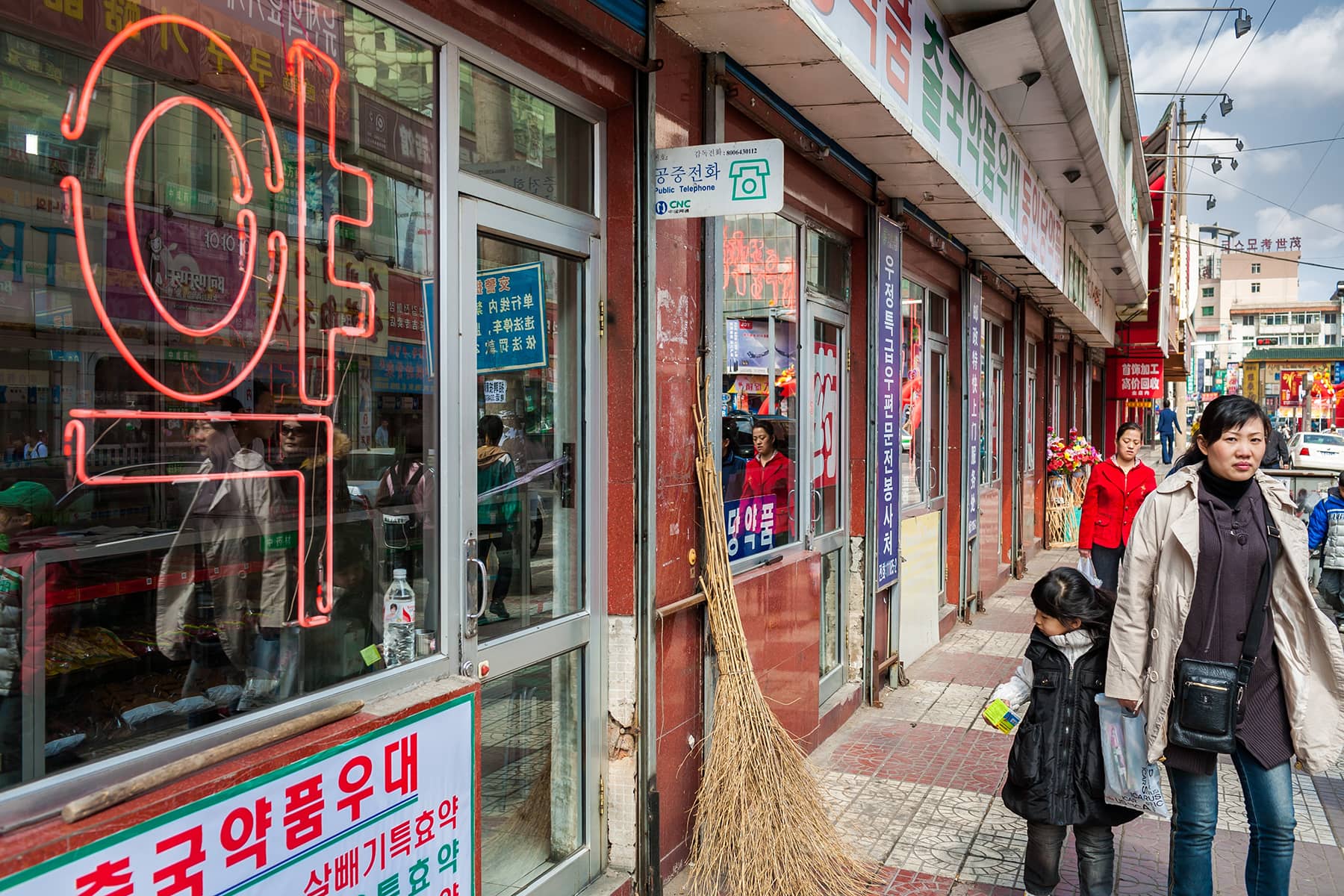
As the Korean War ravaged the Korean Peninsula from 1950 to 1953, the world’s attention was riveted on the fierce battles, the tragic division of Korea, and the high-stakes negotiations that eventually led to the armistice.
However, beyond the broader context of the conflict, there exists the lesser-known yet historically significant region of Gando. Also known as Jiandao in Chinese, it encompasses areas along the Tumen and Yalu Rivers near the border between China and North Korea.
The area, rich in Korean cultural and historical ties, could have been a point of contention or even a bargaining chip in the complex geopolitics of the time. Yet, Gando remained largely on the periphery of the Korean War’s settlement discussions, overshadowed by the immediate concerns of the warring nations.
The region is located in the northeastern part of modern-day China, primarily in what is now the Yanbian Korean Autonomous Prefecture of Jilin Province. The territory holds significant importance for Koreans, as it was once controlled by ancient Korean kingdoms, particularly Goguryeo, which existed from 37 BCE to 668 CE.
Over the centuries, the region became home to many ethnic Koreans, especially during the late 19th and early 20th centuries, when many Koreans migrated there to escape poverty and Japanese colonial rule.
Gando is largely synonymous with the Yanbian Korean Autonomous Prefecture and the surrounding areas within Jilin Province. Its fertile lands and proximity to the Korean Peninsula made it a natural destination for Korean migrants who sought refuge from economic hardship and political instability in the neighboring regions of China.
The status of Gando has been a contentious issue between Korea and China. The region was officially recognized as part of China in the early 20th century under various agreements between Japan, which then occupied Korea, and China.
The most notable agreement was the 1909 Gando Convention, where Japan as the ruling power over Korea, acknowledged Chinese sovereignty of the region in exchange for certain economic privileges.
Over the decades, the Korean settlers established communities, cultivated the land, and maintained their cultural practices, even as they adapted to life in China. The region’s Korean population grew steadily, and by the time of the Japanese occupation of Manchuria in the 1930s, Gando had become a hub of Korean resistance activities against Japanese imperialism.
After World War II and the subsequent Chinese Civil War, the newly established People’s Republic of China faced the challenge of integrating its vast and ethnically diverse territory.
Recognizing the significant Korean population in the region, the Chinese government established the Yanbian Korean Autonomous Prefecture in 1952 as part of its broader policy of granting limited autonomy to ethnic minorities.
The creation of Yanbian was both a practical and symbolic gesture. It acknowledged the unique identity of the Korean population while also integrating them into the Chinese state. The historical term “Gando” then became associated with territorial disputes and Koreans shifted to using “Yanbian” instead.
The prefecture was granted certain autonomous rights, particularly in cultural and educational matters. Korean was recognized as an official language alongside Mandarin, and local governance was designed to reflect the ethnic composition of the population.
As the Korean War dragged on to the south of Yanbian, the focus of all parties involved was squarely on the peninsula, particularly the battle lines drawn along the 38th parallel. In the intense geopolitical struggle, the question of Gando, despite its historical and cultural significance to Koreans, did not play a central role in the conflict or the subsequent armistice negotiations. It remained largely a footnote.
The idea of revisiting the status of Gando during the Korean War was never seriously considered by the major powers. However, the historical ties between Gando and Korea, along with the presence of a significant Korean population in the region, made it a point of interest for some factions within Korea, particularly among Korean nationalists.
For the United States and its allies, the primary objective during the Korean War was to contain the spread of Communism and prevent the fall of South Korea. The war’s focus was on the Korean Peninsula itself, and the idea of reclaiming an area deep within Chinese territory would have been seen as an unnecessary provocation.
The entry of Chinese forces into the Korean War in late 1950 had already escalated the conflict to a dangerous level, and challenging China’s sovereignty over Gando would have risked widening the war.
From a practical standpoint, the area around Gando had been under Chinese control for decades before the Korean War began. Although it had a significant ethnic Korean population, many of these Koreans had by then integrated into Chinese society.
China, under Mao Zedong’s leadership, had no intention of ceding any territory, especially after the sacrifices made during the Korean War. With the issue of Taiwan looming, the status of any part of Chinese territory was not up for negotiation.
For Mao, maintaining control over Gando was not just a matter of national sovereignty, but also of maintaining stability in a region that was already ethnically diverse and politically sensitive. The idea of reclaiming Gando for Korea, while symbolically appealing to some Korean nationalists, was not a viable option in the eyes of the major powers involved in the conflict.
One of the most remarkable aspects of Gando, fully recognized by its Yanbian name after the Korean War’s armistice, was how it managed to preserve Korean culture within the framework of Chinese governance.
In Yanbian, Korean traditions, language, and customs were actively maintained and celebrated. Korean was taught in schools, Korean holidays were observed, and Korean food remains a staple of the local cuisine. The region is also home to several cultural institutions, including theaters, museums, and media outlets, that promote Korean heritage.
The Yanbian University, located in the prefecture’s capital of Yanji, plays a crucial role in cultural preservation. It offers bilingual education and serves as a center for research on Korean language, history, and culture. The institutional support helps ensure that the Korean identity remains vibrant, even as the region becomes increasingly integrated into the broader Chinese economy and society.
Yanbian’s strategic location has made it an important area for China’s economic ambitions, particularly in relation to its neighbors, North Korea and Russia. The prefecture has benefited from its role as a gateway for trade and investment, particularly since the implementation of China’s reform and opening-up policies in the late 20th century.
The Tumen River Area Development Program, an international initiative involving China, North Korea, and Russia, aimed to transform Yanbian into a hub for cross-border trade and cooperation. However, economic development in Yanbian has been uneven. While urban areas like Yanji saw significant growth, rural parts of the prefecture remain underdeveloped.
The region also faces challenges such as population decline, as younger generations migrate to larger Chinese cities in search of better opportunities. The demographic shift poses a threat to the preservation of Korean culture in Yanbian, as the traditional rural communities that have maintained Korean customs for generations are gradually diminishing.
Yanbian’s location near the border with North Korea adds a layer of geopolitical complexity to its story. The prefecture is a key site for China’s interactions with North Korea, particularly in terms of trade and security. During times of tension on the Korean Peninsula, Yanbian has often found itself on the front lines, managing the flow of refugees and maintaining stability in the border regions.
China’s relationship with North Korea is deeply intertwined with the fate of Yanbian. While the Chinese government officially supports stability and peace on the Korean Peninsula, the presence of a large Korean population in Yanbian means that any significant changes in the region, such as a potential reunification of Korea or instability in North Korea, could have direct implications for the prefecture.
Yanbian faces the challenge of balancing economic modernization with cultural preservation. The region’s unique identity as a Korean autonomous prefecture within China is both a source of pride and a potential point of tension. The Chinese government’s approach to ethnic minorities in Western regions has become more assimilationist in recent years, raising concerns about the future of Korean cultural autonomy in Yanbian.
The story of Yanbian, historically known as Gando, remains a region of cultural and historical importance for Koreans. However, its role in broader geopolitics serves as a reminder that not all territorial disputes find their way to the negotiating table.
MI Staff (Korea)
Pvince73, w583254846, Ju Jae-young, Huang Qiangchu, Kikujung Boy, and Stefan Bruder (via Shutterstock)
- Exploring Korea: Stories from Milwaukee to the DMZ and across a divided peninsula
- A pawn of history: How the Great Power struggle to control Korea set the stage for its civil war
- Names for Korea: The evolution of English words used for its identity from Gojoseon to Daehan Minguk
- SeonJoo So Oh: Living her dream of creating a "folded paper" bridge between Milwaukee and Korean culture
- A Cultural Bridge: Why Milwaukee needs to invest in a Museum that celebrates Korean art and history
- Korean diplomat joins Milwaukee's Korean American community in celebration of 79th Liberation Day
- John T. Chisholm: Standing guard along the volatile Korean DMZ at the end of the Cold War
- Most Dangerous Game: The golf course where U.S. soldiers play surrounded by North Korean snipers
- Triumph and Tragedy: How the 1988 Seoul Olympics became a battleground for Cold War politics
- Dan Odya: The challenges of serving at the Korean Demilitarized Zone during the Vietnam War
- The Korean Demilitarized Zone: A border between peace and war that also cuts across hearts and history
- The Korean DMZ Conflict: A forgotten "Second Chapter" of America's "Forgotten War"
- Dick Cavalco: A life shaped by service but also silence for 65 years about the Korean War
- Overshadowed by conflict: Why the Korean War still struggles for recognition and remembrance
- Wisconsin's Korean War Memorial stands as a timeless tribute to a generation of "forgotten" veterans
- Glenn Dohrmann: The extraordinary journey from an orphaned farm boy to a highly decorated hero
- The fight for Hill 266: Glenn Dohrmann recalls one of the Korean War's most fierce battles
- Frozen in time: Rare photos from a side of the Korean War that most families in Milwaukee never saw
- Jessica Boling: The emotional journey from an American adoption to reclaiming her Korean identity
- A deportation story: When South Korea was forced to confront its adoption industry's history of abuse
- South Korea faces severe population decline amid growing burdens on marriage and parenthood
- Emma Daisy Gertel: Why finding comfort with the "in-between space" as a Korean adoptee is a superpower
- The Soul of Seoul: A photographic look at the dynamic streets and urban layers of a megacity
- The Creation of Hangul: A linguistic masterpiece designed by King Sejong to increase Korean literacy
- Rick Wood: Veteran Milwaukee photojournalist reflects on his rare trip to reclusive North Korea
- Dynastic Rule: Personality cult of Kim Jong Un expands as North Koreans wear his pins to show total loyalty
- South Korea formalizes nuclear deterrent strategy with U.S. as North Korea aims to boost atomic arsenal
- Tea with Jin: A rare conversation with a North Korean defector living a happier life in Seoul
- Journalism and Statecraft: Why it is complicated for foreign press to interview a North Korean defector
- Inside North Korea’s Isolation: A decade of images show rare views of life around Pyongyang
- Karyn Althoff Roelke: How Honor Flights remind Korean War veterans that they are not forgotten
- Letters from North Korea: How Milwaukee County Historical Society preserves stories from war veterans
- A Cold War Secret: Graves discovered of Russian pilots who flew MiG jets for North Korea during Korean War
- Heechang Kang: How a Korean American pastor balances tradition and integration at church
- Faith and Heritage: A Pew Research Center's perspective on Korean American Christians in Milwaukee
- Landmark legal verdict by South Korea's top court opens the door to some rights for same-sex couples
- Kenny Yoo: How the adversities of dyslexia and the war in Afghanistan fueled his success as a photojournalist
- Walking between two worlds: The complex dynamics of code-switching among Korean Americans
- A look back at Kamala Harris in South Korea as U.S. looks ahead to more provocations by North Korea
- Jason S. Yi: Feeling at peace with the duality of being both an American and a Korean in Milwaukee
- The Zainichi experience: Second season of “Pachinko” examines the hardships of ethnic Koreans in Japan
- Shadows of History: South Korea's lingering struggle for justice over "Comfort Women"
- Christopher Michael Doll: An unexpected life in South Korea and its cross-cultural intersections
- Korea in 1895: How UW-Milwaukee's AGSL protects the historic treasures of Kim Jeong-ho and George C. Foulk
- "Ink. Brush. Paper." Exhibit: Korean Sumukhwa art highlights women’s empowerment in Milwaukee
- Christopher Wing: The cultural bonds between Milwaukee and Changwon built by brewing beer
- Halloween Crowd Crush: A solemn remembrance of the Itaewon tragedy after two years of mourning
- Forgotten Victims: How panic and paranoia led to a massacre of refugees at the No Gun Ri Bridge
- Kyoung Ae Cho: How embracing Korean heritage and uniting cultures started with her own name
- Complexities of Identity: When being from North Korea does not mean being North Korean
- A fragile peace: Tensions simmer at DMZ as North Korean soldiers cross into the South multiple times
- Byung-Il Choi: A lifelong dedication to medicine began with the kindness of U.S. soldiers to a child of war
- Restoring Harmony: South Korea's long search to reclaim its identity from Japanese occupation
- Sado gold mine gains UNESCO status after Tokyo pledges to exhibit WWII trauma of Korean laborers
- The Heartbeat of K-Pop: How Tina Melk's passion for Korean music inspired a utopia for others to share
- K-pop Revolution: The Korean cultural phenomenon that captivated a growing audience in Milwaukee
- Artifacts from BTS and LE SSERAFIM featured at Grammy Museum exhibit put K-pop fashion in the spotlight
- Hyunjoo Han: The unconventional path from a Korean village to Milwaukee’s multicultural landscape
- The Battle of Restraint: How nuclear weapons almost redefined warfare on the Korean peninsula
- Rejection of peace: Why North Korea's increasing hostility to the South was inevitable
- WonWoo Chung: Navigating life, faith, and identity between cultures in Milwaukee and Seoul
- Korean Landmarks: A visual tour of heritage sites from the Silla and Joseon Dynasties
- South Korea’s Digital Nomad Visa offers a global gateway for Milwaukee’s young professionals
- Forgotten Gando: Why the autonomous Korean territory within China remains a footnote in history
- A game of maps: How China prepared to steal Korean history to prevent reunification
- From Taiwan to Korea: When Mao Zedong shifted China’s priority amid Soviet and American pressures
- Hoyoon Min: Putting his future on hold in Milwaukee to serve in his homeland's military
- A long journey home: Robert P. Raess laid to rest in Wisconsin after being MIA in Korean War for 70 years
- Existential threats: A cost of living in Seoul comes with being in range of North Korea's artillery
- Jinseon Kim: A Seoulite's creative adventure recording the city’s legacy and allure through art
- A subway journey: Exploring Euljiro in illustrations and by foot on Line 2 with artist Jinseon Kim
- Seoul Searching: Revisiting the first film to explore the experiences of Korean adoptees and diaspora










































